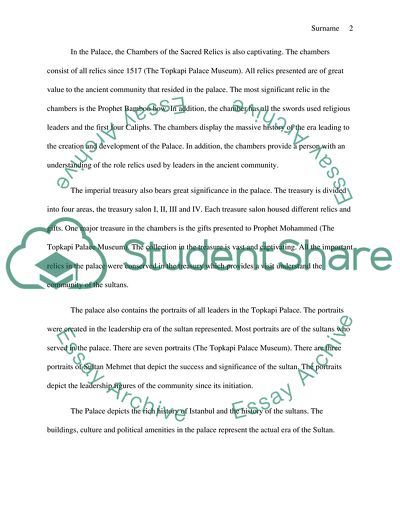Islamic Empires Assignment Example | Topics and Well Written Essays - 500 words - 1. Retrieved from https://studentshare.org/history/1652436-islamic-empires
Islamic Empires Assignment Example | Topics and Well Written Essays - 500 Words - 1. https://studentshare.org/history/1652436-islamic-empires.


